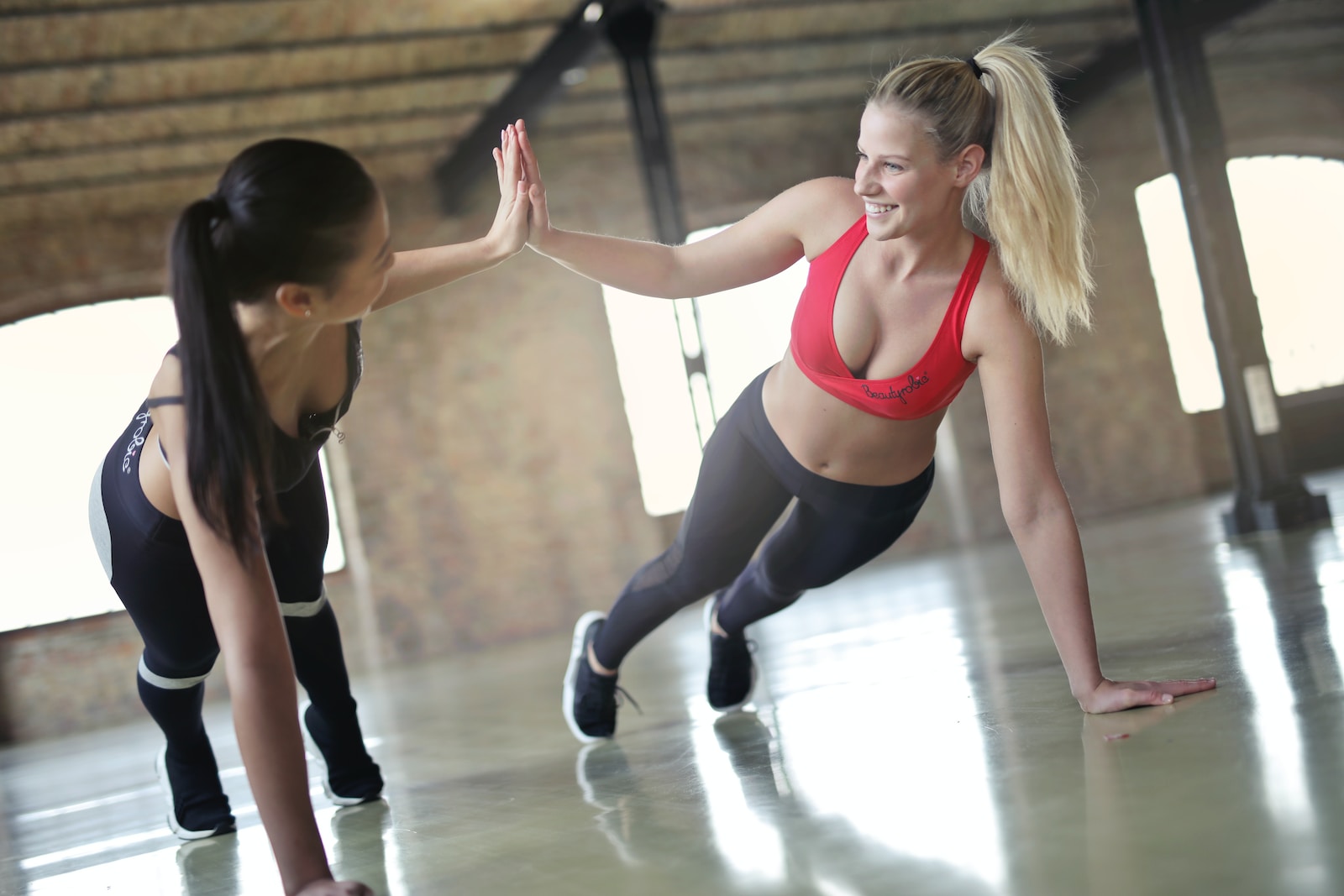
Push-ups are fundamental in many fitness regimes, and their popularity is well-deserved. They are straightforward to perform, need no special equipment, and can be executed virtually anywhere. But what muscles do push-ups work? This comprehensive guide aims to answer this question for those new to the fitness world.
Push-ups are a compound exercise, which means they engage multiple muscle groups simultaneously. This multi-muscle engagement makes them an efficient choice for those who want to maximize their workout in a short amount of time.
The primary muscles targeted during a push-up are the pectoralis major and minor, commonly known as the “pecs.” The substantial muscles in your chest contribute to its shape and size. When you lower your body towards the ground during a push-up, your pecs contract to control the movement. As you push your body back up, they work to straighten your arms and return you to the starting position.
The triceps brachii on the back of your upper arm also play a significant role in push-ups. They work with the pecs to extend your elbows and push your body upwards. If you’ve ever felt a burning sensation in your arms during push-ups, that’s your triceps working diligently!
Your deltoids, or shoulder muscles, are another crucial player in the push-up exercise. They stabilize your arms and shoulders throughout the movement, preventing them from shaking and ensuring you maintain proper form. The deltoids are divided into three parts: the anterior (front), lateral (middle), and posterior (rear) deltoids. All three components work together during a push-up, making it a comprehensive shoulder exercise.
Push-ups are not just an upper-body exercise; they also engage your core muscles. This includes the rectus abdominis (your “six-pack” muscle), obliques, and the lower back muscles. These muscles contract to keep your body straight and stable as you perform the movement, effectively turning the push-up into a dynamic plank exercise. This engagement of the core muscles helps to improve your balance, stability, and overall functional fitness.
Finally, your leg muscles, including your glutes and quadriceps, also contribute to the push-up exercise. These muscles contract to keep your legs straight and support your body, adding extra strength and stability to the movement. The engagement of these lower body muscles also means that push-ups can improve lower body strength and endurance.
It’s also worth mentioning that push-ups can be modified to target different muscles more specifically. For example, a wider hand placement emphasizes the chest muscles, while a narrower hand placement focuses more on the triceps. Inclined push-ups (where your hands are on an elevated surface) target the lower chest and anterior deltoids, while declined push-ups (where your feet are elevated) target the upper chest and posterior deltoids. This versatility makes push-ups an incredibly flexible exercise that can be tailored to your specific fitness goals.
In conclusion, push-ups are a fantastic, all-around exercise that works multiple muscle groups, including the pecs, triceps, deltoids, core, and legs. They are an efficient and effective way to build strength and endurance, regardless of whether you’re a beginner embarking on your fitness journey or an experienced athlete looking to maintain your fitness level. Understanding the muscles that push-ups work can help you appreciate the exercise even more and motivate you to incorporate it into your regular workout routine. So, the next time you drop down to do a set of push-ups, remember the myriad of muscles you’re working on and why this simple exercise is such an essential tool in your fitness arsenal.

